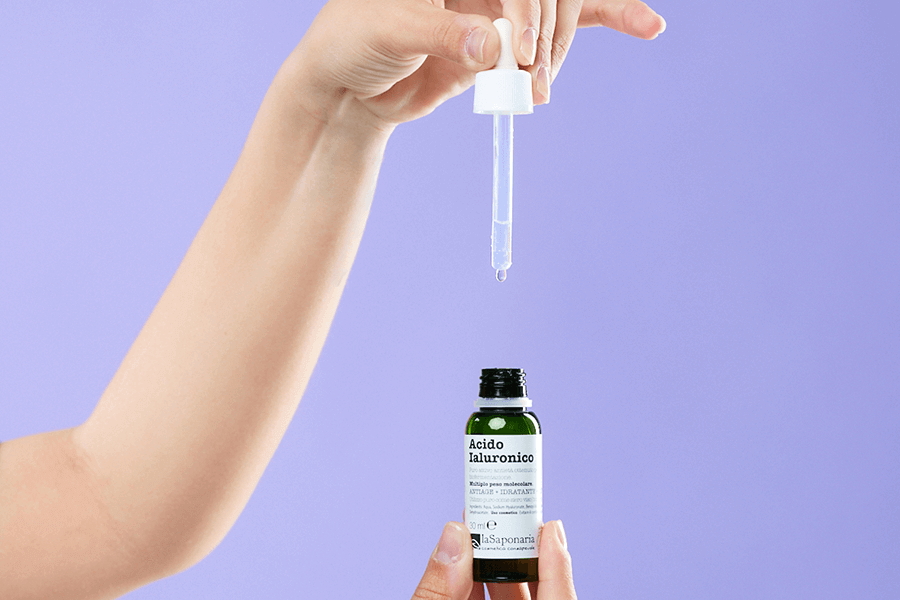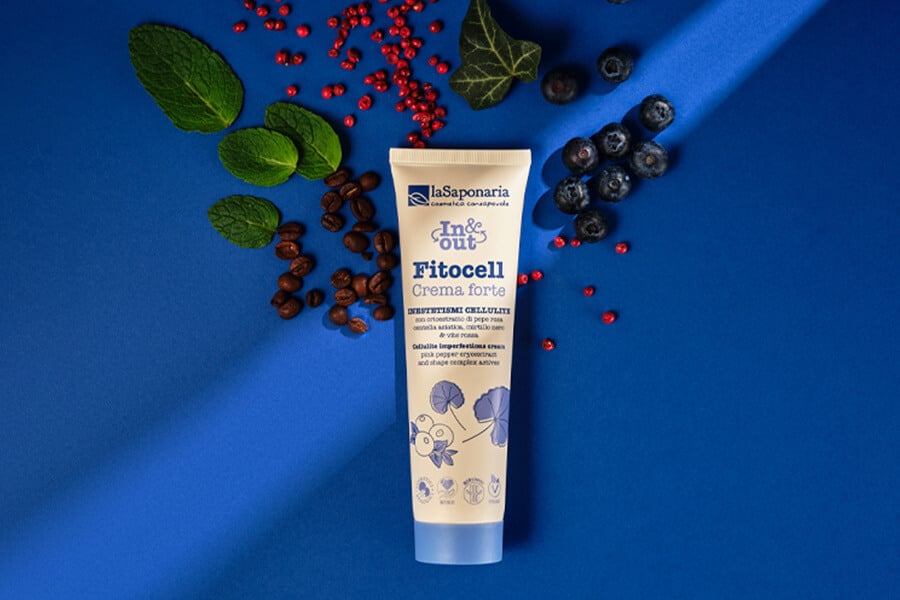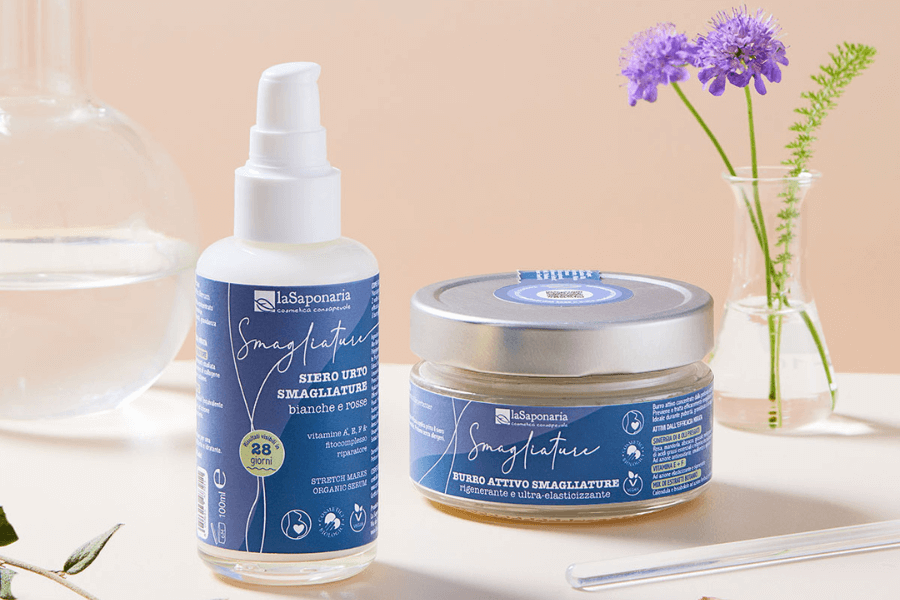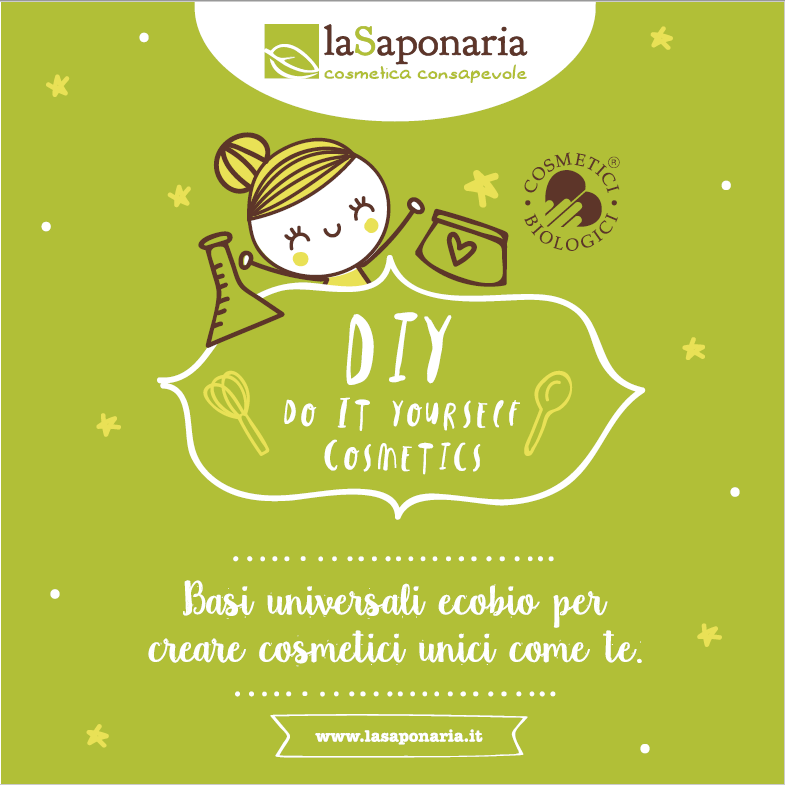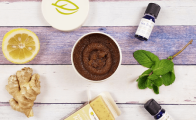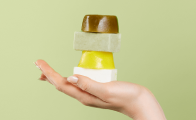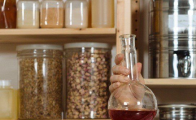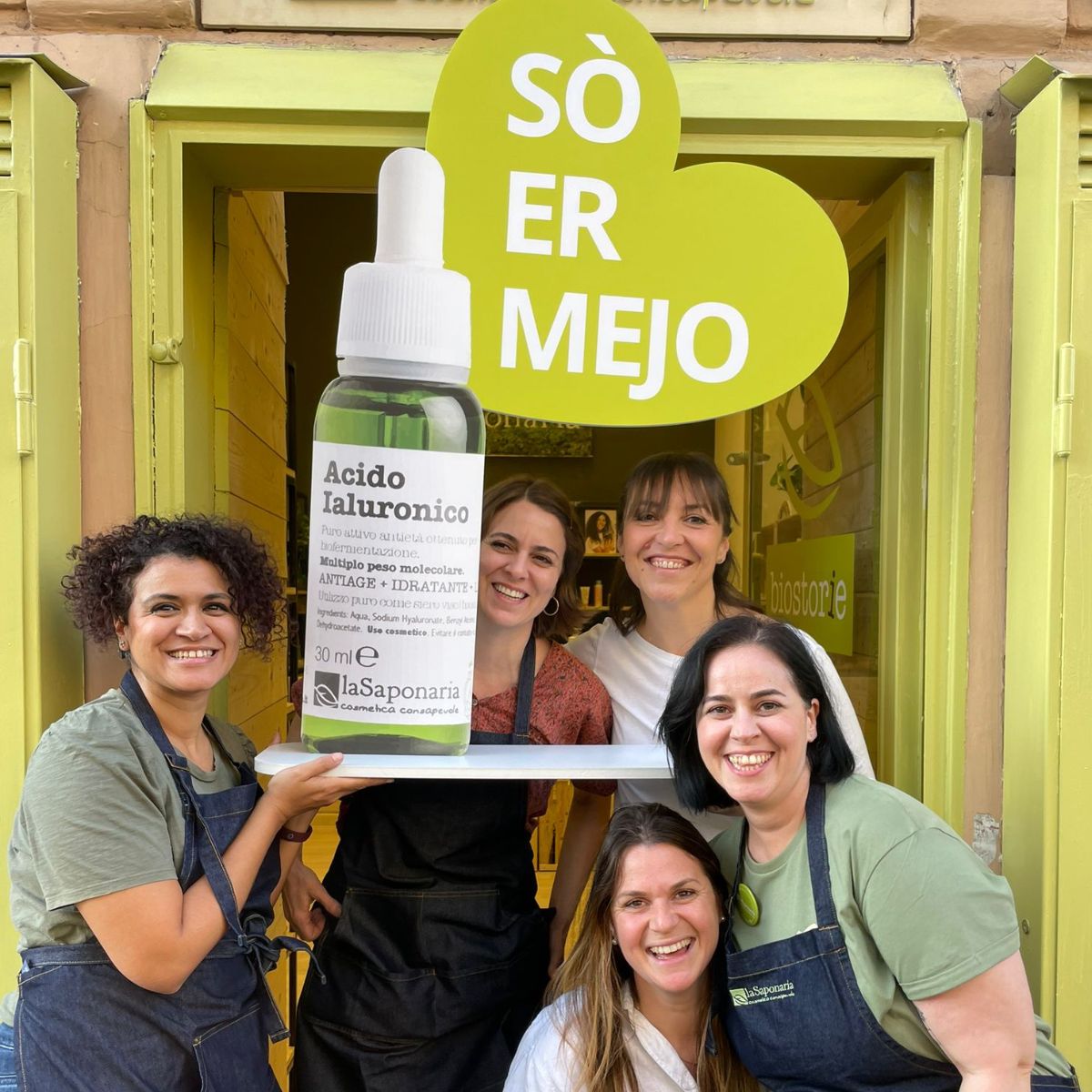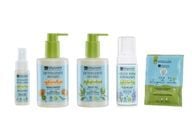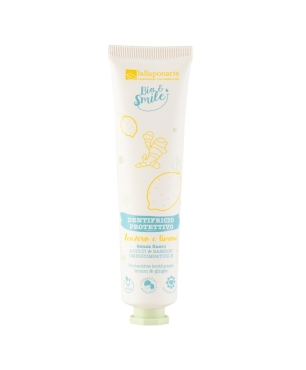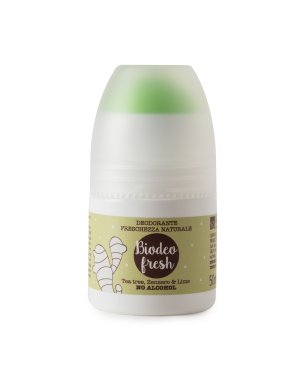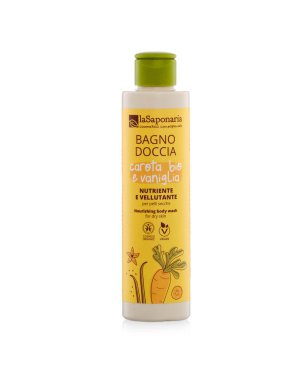- Call us! +390721 911004
- Write a message
- Whatsapp +39 377 3844777
- Become a reseller
- Test and E-book
- Location and contacts
-
MenuBack
-
Organic cosmetics
-
-
space
-
-
-
-
-
-
-
Christmas Gift
-
-
Skin care
-
Hair care
-
Body Care
- Christmas gift
- Routines
-
DIY
-
-
space
-
-
-
-
-
-
PRODUCTION TOOLS
-
-
DOWNLOAD THE RECIPES
-
-
-
Organic library
-
-
BEAUTYBLOG
-
-
-
GLOSSARY
-
-
-
DO-IT-YOURSELF RECIPES
-
-
-
TEST AND E-BOOK
-
-
About us
-
-
space
-
-
-
-
-
PHILOSOPHY
-
-
-
NATURAL COSMETICS
-
-
-
FLAGSHIP STORES
-
-
-
Sustainability
-
-
space
-
-
-
BENEFIT COMPANY
-
-
-
ETHICAL CHAIN
-
-
-
SUSTAINABLE PACKAGING
-
-
-
SUSTAINABILITY IN THE COMPANY
-
-
-
Supported projects
-
NOTICES AND AWARDS
-
-
-
Business Area
-
-
space
-
-
-
OPEN A FLAG SHIP STORE
-
-
-
BECOME A RESELLER
-
-
-
PRIVATE LABEL
-
ACCOMMODATION FACILITIES
-
-
-
RESELLERS LOGIN
-
-
-
Resellers
-
-
RESELLERS RESOURCES
-
-
-
OPEN A FLAGSHIP STORE
-
ACCOMMODATION FACILITIES
-
PROMOTIONAL MATERIAL
-
-
-
RESELLERS NEWS
-
REGISTER YOUR SHOP
-
-
-
BODY CARE LINE 2025
-
-
-
CHRISTMAS GIFT
-
-
- Store locator
Ginger

INCI NAME:
Zingiber Officinale Root Oil, Zingiber Officinale Rhizome Extract
ORIGIN:
Vegetal
FUNCTION:
Antioxidant, purifying, revitalizing, tonic
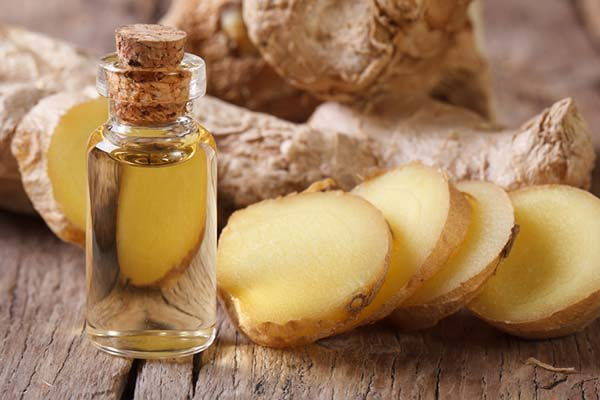
This is an automatic translation
Ginger (Zingiber officinale) is a perennial herbaceous plant of the Zingiberaceae (the same family as cardamom) native to the Far East, which can reach a height of 1.5 m. Originally from India, it is widely cultivated throughout the tropical and subtropical regions. The root (rhizome) is fleshy and densely branched, from which both long sterile and hollow stems branch off, formed by sheathing lanceolate leaves, and short fertile scapes, bearing greenish-yellow flowers with purplish spots, whose inflorescence has the appearance of an ear. The rhizome is extracted after flowering, when the plant turns yellow.
It is a root much appreciated above all for its digestive and anti-nausea properties, but also for its ability to promote healing in case of colds and flu. Ginger is also a spice particularly used in herbal medicine. Ginger extract also has anti-inflammatory as well as antiseptic properties and is therefore one of the natural remedies useful for keeping germs and bacteria away. Another interesting property is that which includes the psychological and emotional sphere. In fact, its aroma is a tonic for the mood, therefore it predisposes to optimism and mental clarity.
Ginger essential oil is obtained from this root, highly appreciated and used in cosmetics for the preparation of products for the face, body and hair, thanks to its numerous properties. The antioxidant virtues of ginger reside in its vitamin E content, which protects the skin from the action of free radicals, the main causes of skin aging. It thus performs a natural anti-aging action perfect for mature skin. It's delicate for the face and helps remove all impurities from the skin, helps unclog pores and has a revitalizing action that helps give a fresher and more rested look to the skin.

